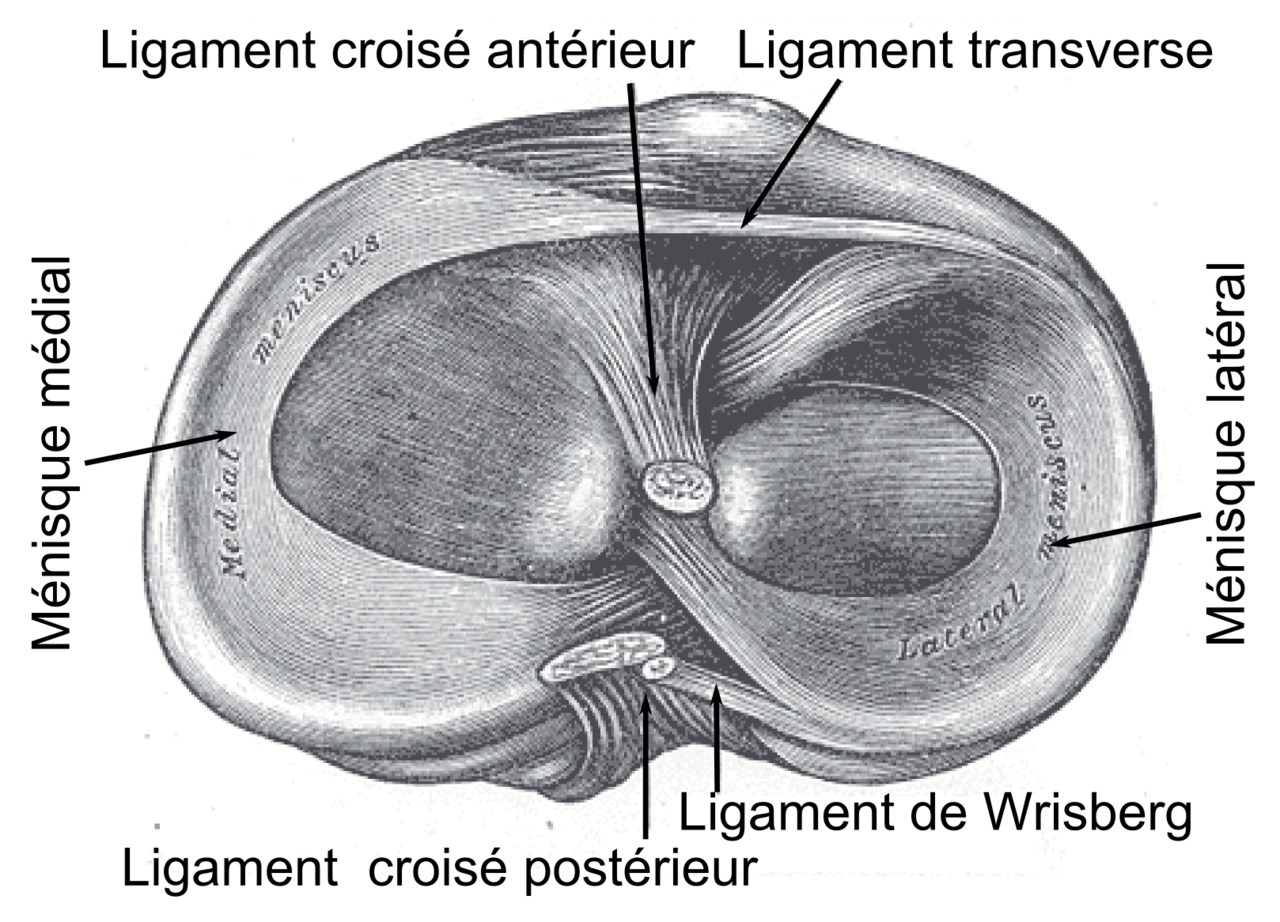Physical activity is often called “medicine” but a better analogy is food. Here’s how to eat a balanced diet.
Read MorePlay often involves risk. When kids play, they learn how fast they can run without falling, how hard they can fight without getting hurt, and how much they can bother Mom before she gets mad. That’s a feature not a bug.
Read MorePain can be a complex phenomenon, and complex systems are often nested. That means the system as a whole is composed of smaller subsystems, which are also composed of smaller subsystems and so forth. The reason this is interesting from a practical perspective is that each nested system provides a different level from which we can attempt to explain and treat pain.
Some recent research from the lab of Vania Apkarian has led some very smart people to wonder whether he has discovered the “Holy Grail” of explaining pain – the precise factors that cause some people to develop chronic pain and others to recover.
Read MoreResearch on “sham” surgery shows that the effects of certain orthopedic procedures may be more psychological than physical.
Read MoreI just came across a very interesting article linked by Diane Jacobs on Facebook titled All Tip No Iceberg: A New Way to Think about Mental Illness. Diane said that this might also be a good way to think about pain. I agree! Here's a brief summary of some of the ideas in the article.
Read MoreI have been a bit negligent in updating this blog recently but I have an excuse - I'm hard at work on a new book that I hope to complete by this fall: Playing with Movement: Simple Solutions for a Complex Body.
Like the first book (A Guide to Better Movement), the general goal is to help people move better and feel better through application of practical science on pain and motor learning. But the subject matter in this book is far more expansive and ambitious.
Read MoreAccording to very smart guy Dan Dennett, we use very different kinds of thinking tools to predict the behavior of different systems, depending in part on the system’s complexity. In this post I'll describe three levels of analysis described by Dennett that we can use to understand the body: the physical stance, the design stance and the intentional stance.
Read MoreWhat’s the difference between a guru and an expert? The dictionary assigns the two words the same basic meaning: someone with a high level of knowledge in a particular field. But the term guru definitely has an unwholesome connotation. People respect experts, but worship gurus, imagining they have totally unrealistic levels of knowledge and power. In the context of science, that's a problem.
Read MorePredictive coding is a hip new model for perception that I have been studying lately. In some ways it is very common sense and intuitive, and in others it is very challenging and mind expanding. I see it as a useful bridge between conventional ways of thinking about perception and something completely new and different. Here’s a post describing what I’ve learned that I find interesting and practical
Read MoreI just got back from an enjoyable three-day multi-family camping trip. Like several other camping trips or vacations, it for some reason prompted me to write a short blog post. Which is good, because I should really be writing more frequent short blog posts and not just infrequent long blog posts.
Read MoreI recently finished the above-titled book by Frans Bosch. It's one of those books where you do a lot of underlining. It's also one of the best books on movement I’ve read in a while so I decided to write a review and (rather lengthy) summary of the some of the ideas I found interesting.
Read MoreThere are various models used to understand pain. I often see debate as to the relative merit of these models, which is a good thing. But what I think is not such a good thing is when people argue that because a model has a certain flaw or limitation, it is fatally deficient.
Read MorePain and movement are pretty complicated right? In a sense yes. But in another sense no. Pain and movement are not complicated, they are complex, which is a different animal.
Imagine you are Elon Musk trying to send a rocket ship to the moon. What sort of thinking process, analysis, modeling, research, predictions, and methods of control would help solve this problem? How would that process be different from solving the problem of say, raising a child?
Read More


















